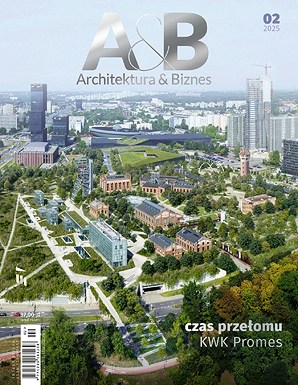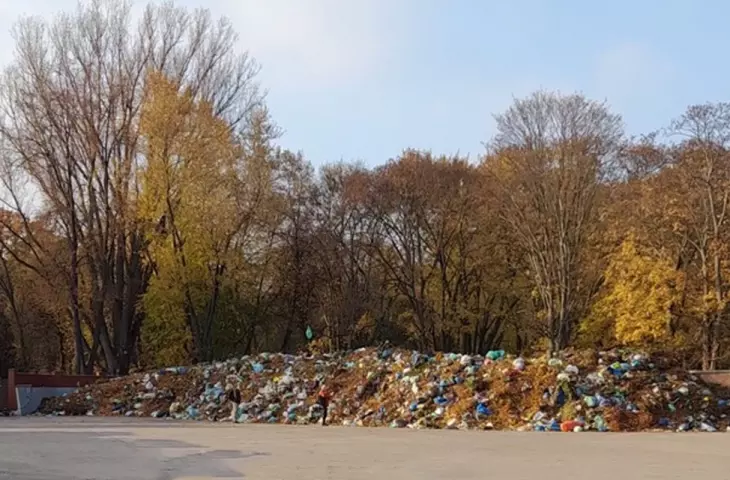Although Poles' spending on candles and flowers remains stable, the problem arises a little later when you have to rake up 9 kilos of garbage from the grave.
Before the long weekend there were queues at supermarkets. On the conveyor belt, one by one: packs of refills, candles, three bouquets of flowers (material: polyester). Those who had planned their shopping a little earlier had already picked up their parcel packages from a well-known Asian online store (Check out this Set, Artificial Flowers For Cemetery With Decorative Cushion, Tombstone Memorial Bouquet, Realistic Composition With Plastic Vases For Tombstone only 32,46 with free delivery).
what we buy and what we do with it
The results of the PAYBACK Opinion Poll show that the number of Poles planning to spend the same amount of money on All Saints' Day shopping as last year has increased to more than 53% (compared to 46% last year). At the same time, the group of those intending to spend more than last year has decreased, by 4 percentage points, to 21% in 2024. More than half of respondents said their spending on candles and flowers will remain at last year's level. More than 24% plan to spend between PLN 81 and PLN 100 on candles, and nearly 20% expect to spend more than PLN 130. In 2023. "Forbes" calculated that we spend up to 700 million zlotys on November 1 and buy as many as 300 million candles during this period.
The mountain was about two meters high. People were pulling out their phones to take pictures of it - this was the comment I got along with a photo of a huge mountain of trash near the cemetery. This year, after All Saints' Day , nearly 120,000 tons of waste will end up in landfills from Polish cemeteries, the Polish Recycling Association estimated that year. That's half the weight of the Wonder of the Seas - the largest cruise ship in the world. Statistics say that during the holidays up to 9 kg of waste is generated per grave - Most of all, this is non-recyclable waste.
recycling? not in this case
Although this is a staggering sum, after all, we already have such a developed recycling, that we can handle the processing of this - you might optimistically think. Well, unfortunately not. Traditional candles, made of glass of a different density than container glass and often soiled with paraffin, are not recyclable. The plastic parts of the candles, if not separated, make processing impossible. For that, used refills are contaminated with paraffin and smoke - they are not recyclable and should be disposed of in the container for mixed waste. Artificial flowers? Yes, they are made of plastic in the main - plastic, rubber, velour or latex, but by mixing these materials, recycling is impossible. The cheaper the product, the worse the quality is, unfortunately, and thus they are not recyclable.
In addition, it is worth noting that the cartridges, consisting of paraffin, are a petroleum derivative and are harmful to health and the environment, and their combustion contributes to air pollution. Studies of the state of the air around November 1 show higher-than-usual concentrations of harmful substances, which are produced precisely by the paraffin from the cartridges. Alternatives, such as natural wax cartridges, are less available, more expensive, but obviously more environmentally friendly. Electric LED cartridges are a reusable solution, but when they are used up, they become hazardous electro-waste that can poison the environment if not disposed of properly - they should be taken to an electro-waste collection point or to a Selective Collection of Municipal Waste (PSZOK).
waste management
The management of waste from cemeteries in Poland varies and depends on local regulations and agreements made by cemetery managers with waste collection companies. Of course, the obligation to segregate waste covers the whole of Poland, including cemeteries. According to the Law on Maintaining Cleanliness and Order in Municipalities, cemetery waste is treated as municipal waste, which means that municipalities are responsible for ensuring appropriate conditions for its collection and management. In practice, however, waste segregation at cemeteries in Poland is still rare.
The Union of Polish Metropolises, the Polish Ecumenical Council and the (Un)forgotten Cemeteries Initiative have issued a joint appeal encouraging environmentally friendly practices at cemeteries, including waste segregation. The World Movement of Catholics for the Environment appealed for action along the lines of "Less Garbage - More Remembrance" and that it should not be a "festival of consumerism" - and at the same time a "festival of waste."
However, some cemeteries are introducing waste segregation systems, setting up bins on their grounds for various waste fractions, such as glass, plastic and bio-waste. An example is the Cemetery at St. Mary Magdalene Parish in Tychy. Gdansk has also introduced a waste collection system at municipal cemeteries, which makes it easier to maintain order and care for the environment.
For those who have the ability to segregate, it is worth reminding that:
- Glass candles:
- Dispose of in mixed waste, as glass candles are not recyclable due to their different composition and melting point.
- Plastic candle refills:
- Dispose of in mixed waste, as they are contaminated and not recyclable.
- If your cemetery has a local policy that allows you to dispose of the refills in yellow bins (for plastic), follow it.
- Artificial flowers:
- If they are made entirely of plastic, dispose of in the yellow container.
- Flowers with multiple materials (such as fabric) should be disposed of in mixed waste.
- Natural ornaments:
- Discard in bio waste, as long as they are free of inorganic elements, such as soil or stones.
- Dispose of potting soil in mixed waste so that it does not contaminate the compost.
- Candle components:
- Segregate metal or plastic lids into yellow containers (for plastic and metal).
- Dispose of wax and wax residue in mixed waste.
- Pots:
- Dispose of plastic pots in yellow containers (for plastic).
- Ceramics (broken pots) throw into mixed waste.
- Dried flowers - to bio waste.
- Breaths and wreaths:
- Dispose of artificial items such as plastic flowers, wires and ribbons in yellow containers.
- Put twigs and natural elements in brown containers (for bio-waste).
what can be improved
To improve the situation, there are calls to educate the public about waste segregation (not only in cemeteries, as I have already written about) and to introduce systems to facilitate segregation. The standard advice is to generously take your trash with you and dispose of it in places that allow segregation in the absence of proper containers at the cemetery. However, it's hard to imagine carrying those statistical 9 kilograms with you, especially when many of those caring for graves are no longer at full strength. The wisest thing to do, however, is to think through both your budget, how to make these products and simply let the purchase of another candle go.
It's alsoa good idea to have "candleshops" - places where you can leave unwanted but undamaged candles for others to reuse. You can also leave candle covers or new refills. After burning, the glass candle can simply be washed and left on the shelf. This is, on the one hand, a help for people who cannot afford to buy a candle, and on the other hand, we avoid more trash. The first candle holders were established at Warsaw's North Cemetery. As of 2023, according to the Chief Inspectorate of the Environment, dozens of them were operating across the country.
According to experts, a clue for Poland could be solutions from abroad, where entrepreneurs share responsibility for the disposal of the products they put on the market. In Slovenia, for several years it has been the manufacturers and importers of candles who bear the cost of collecting and managing the troublesome waste generated after All Saints' Day celebrations.
For the recycling consultation, thank you paniodododpada














